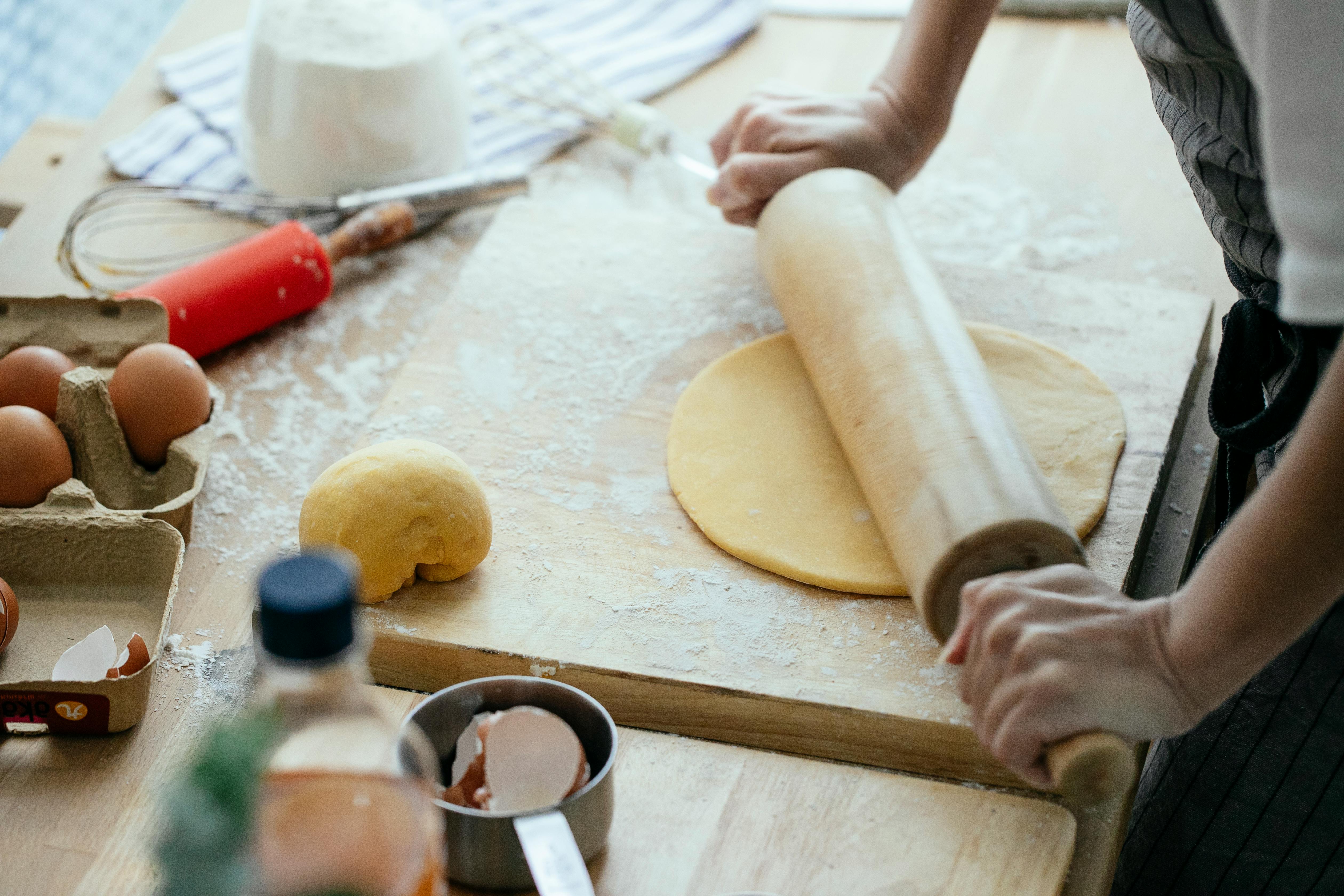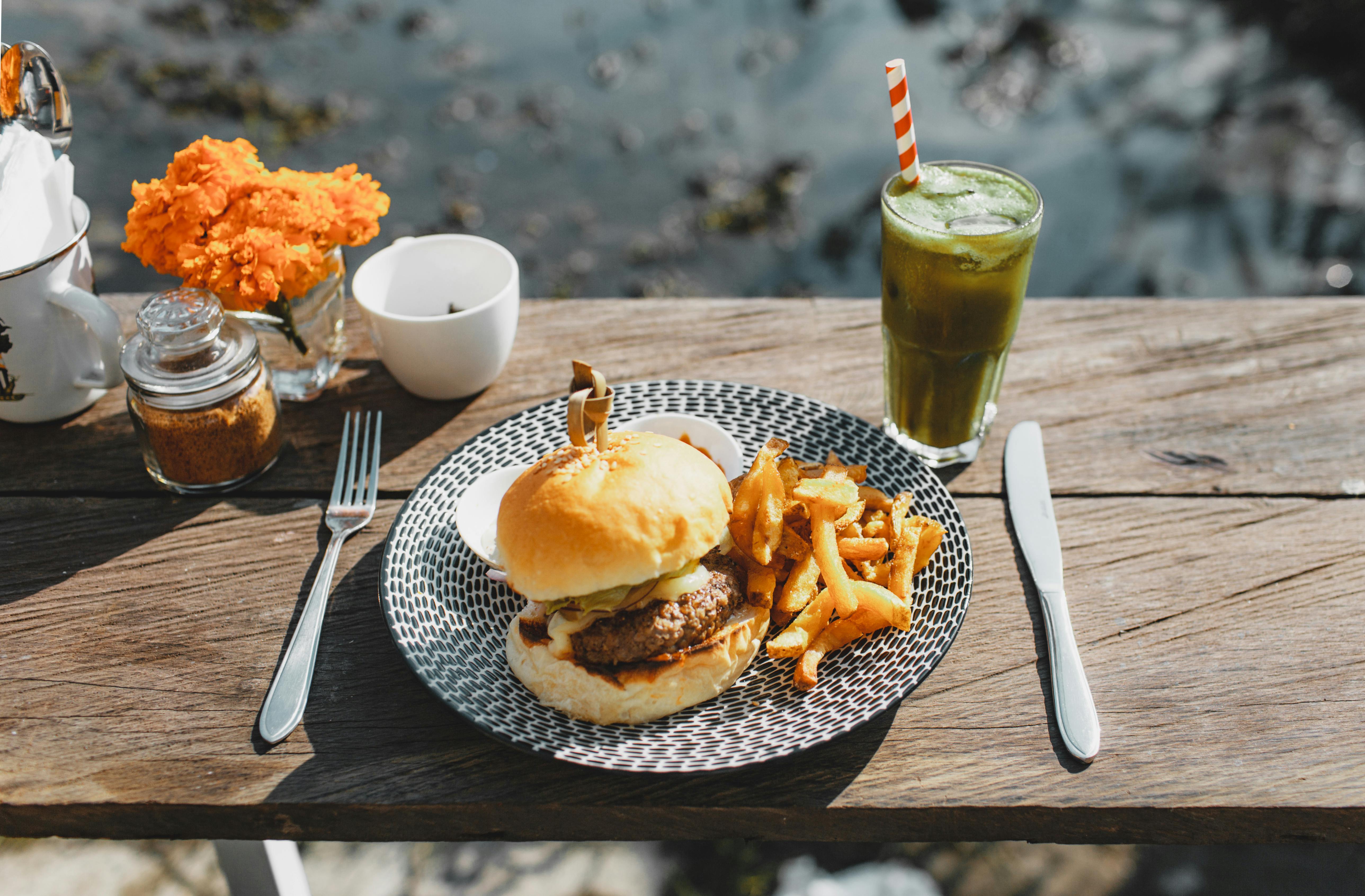Choosing the best wood for your latest jig saw project can be a daunting task. Hardness, strength, color, and availability are some of the things to consider. Depending on the type of project you are doing, these factors can greatly affect the outcome. But with all the different species of wood available, choosing the right one can be confusing. Below is a list of the most commonly available North American hardwoods for scroll sawyers and also some of their most predominant characteristics.
Ash – The ash grain is very pronounced, which looks great in places, but less so when used in intricate fretwork fretsaw or portrait patterns. – Generally the heartwood is brown while the sapwood is light brown. – While lighter in weight, ash is relatively close to birch, maple, and oak on the hardness scale, though it tends to be more difficult to cut. – Ash is ring-shaped porous, which means you should use a pore filler if you’re going for a glass-like finish. – The grain resembles that of oak and with the right color stain, ash can be made to resemble oak.
linden – Very soft and light (almost equal to pine in hardness), linden is often used for carving. – The grain is fine and even, and lends itself well to carving, but it can also be used for less delicate scroll work, especially in segmentations where shaping is required. – The heartwood of linden is pale brown with dark veins, while the sapwood is creamy white.
birch, yellow – Being quite hard, strong and even grained, yellow birch is very good at cutting delicate fretwork and small pieces with little difficulty. – One of the cheapest hardwoods available. – The biggest disadvantages are that the grain is not very pronounced and often does not wear well when staining – Birch veneered 1/8″ plywood, which is cheap and strong with tight grain, is widely used in portraits with a fretsaw (although usually a layer of Finnish or Baltic birch is used for this.) – The heartwood of yellow birch is reddish-brown, while the sapwood is white.
Cherry – The heartwood of the cherry tree is brown and the sapwood is light yellow. However, these colors darken over time, and when exposed to sunlight, they turn a reddish-brown hue, with the heartwood remaining darker than the sapwood. – Although softer than all but linden and poplar, cherry has a fairly straight grain and is quite strong. – Being easy to cut and finish, while being strong and having a very beautiful natural color, Cherry is an excellent choice for most scroll saw patterns. – If not dried properly, the cherry is more prone to warping than most species.
Hard nut – In addition to being strong, walnut is significantly harder than the other woods listed here, making it difficult to cut and sand. – When dry, it is prone to warping and cracking, especially when air-drying. It is recommended to seal the ends during drying and finishing. – The heartwood is brown or reddish brown and the sapwood is almost white. – If you’re willing to put up with the hardship of drying and cutting, what you’re left with is a beautiful variation in color and grain pattern that looks great on the right project.
Holly – Holly is very easy to work with. She has an even grain and is quite strong. -Softer than most, she’s pretty close to cherry in hardness. – Being quite rare and also difficult to dry without warping, holly is the most expensive wood on the list. – Almost pure white in color with barely visible veining, holly is THE choice for white when making inlays and inlays.
Maple – Maple behaves in many ways like yellow birch. It is just as hard and strong and cuts the same overall although there are many species of maple and some are softer. – Relatively inexpensive, starting at the same price as yellow birch. However, carved wood like bird’s eye, quilted or curly maple is more expensive. – Like birch, maple can stain when stained, although with carved maple it can be a nice effect. – The heartwood is medium brown and the sapwood is white with a slight pink-reddish hue. – Maple has a wide variety of grain patterns, colors, and characteristics in one type of wood. This, combined with being strong, relatively inexpensive, and beautiful when finished properly, makes maple a favorite choice for many woodworking, jigsaw, or other projects.
Oak, Red – The heartwood is toasted with a light pink tone and the sapwood is almost white. – When it comes to working with a jigsaw, red oak behaves like white oak. The grain, however, is coarser, making it even more prone to chipping and cracking at the edges. – Red oak lacks the cellular quality that makes white oak waterproof and can actually turn black when wet due to a reaction with tannic acid found throughout.
White Oak – The heartwood is light brown in color and the sapwood is paler – White oak has a less porous grain than red oak and is somewhat resistant to rot and is well suited for outdoor use. – On the hardness scale it is close to maple and birch, however it is more difficult to cut, especially on the jigsaw because the blade wants to follow the grain – Due to its heavy grain, oak will splinter and it will easily crack at its edges, which is not suitable for delicate or intricate cutwork and requires care when routing, etc.
Popular – Poplar is soft, not much harder than most pines. It is even grainy and relatively light. – The heartwood can vary from tan to yellow, blue, green or even purple, while the sapwood is almost white. – Poplar is too brittle for more delicate scrollwork, although colors and grain patterns can be useful in intarsia.
Walnut, Black – The heartwood is chocolate with a creamy white sapwood. When air dried, the heartwood may take on a slight purple hue. – On the hardness scale, walnut is softer than maple, birch and ash and slightly harder than cherry. – Walnut is relatively easy to work, it finishes easily and is quite strong. – When used for wainscoting or trim in contrast to lighter woods, walnut may be more useful as it is the only dark hardwood in North America.
Although there are many types of wood available to scroll sawyers for your projects, choosing the type that best suits your pattern and personal taste doesn’t have to be difficult. Knowing the basic characteristics of the most common lumber available to scroll sawyers will help you decide which will give you the best results.


